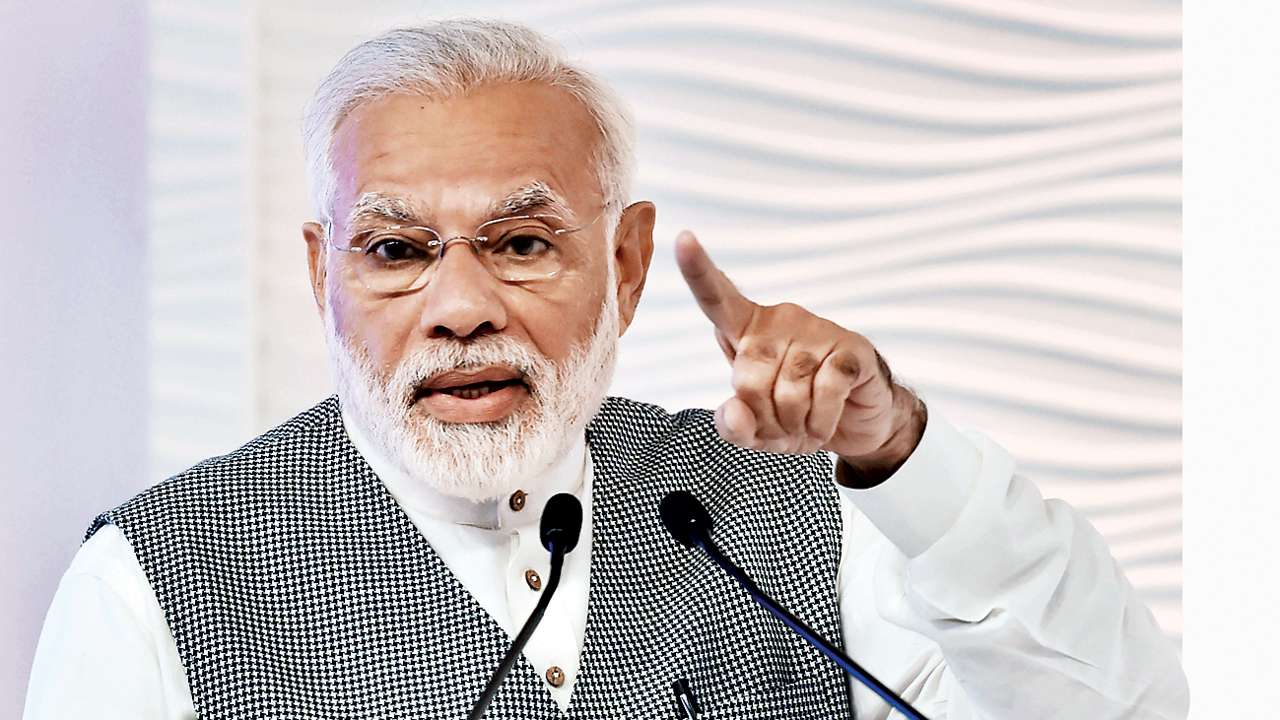
At a time when the country is confronted with the annual spectre of a looming drought, dried up water reservoirs, steadily deteriorating underground water levels and a delayed monsoon, Prime Minister Narendra Modi has done well to highlight a subject that must be considered critical for the country’s sheer survival.
Modi chose his monthly radio address, Mann ki Baat, for the first time after winning the election, to pitch in for water conservation to be made into a mass movement. It could not have come at a more opportune moment. There is nothing more important coming from the country’s highest office than the appeal to share knowledge of traditional methods of conserving water.
It is important to identify individuals and NGOs who work on water conservation and turn it into a public movement in the manner of the Swachh Bharat cleanliness drive. Nothing less would do. As if on cue, within hours of his radio address, names and addresses of such individuals and groups began to pour in from concerned citizens.
The gravity of the situation is such that government weather forecaster, Indian Meteorological Department (IMD)’s latest data reveals that several cities are grappling with acute water shortage, as lakes have dried up and groundwater levels are depleting. The situation — difficult at the best of times — has been made worse by a sluggish monsoon and rainfall deficiency of 34% by the end of June.
Till mid-June this year, water levels in 91 nationally-monitored basins and reservoirs — critical for providing drinking water, farming and power generation — were lower than over the same period last year. Keeping a finger on the people’s pulse, Modi has made water scarcity a campaign plank since his return to power.
He has raised the issue in Parliament and proposes to expand on the theme. And there is no better method of launching mass awareness than the Jal Shakti Abhiyan or water power campaign, which the Modi government proposes to unveil. It aims to put in place measures for rainwater harvesting, water conservation and replenishing water bodies.
Teams have been constituted in 254 of the worst-hit water-scarce districts and engineers and technical staff have been placed in 1,539 blocks to take stock of groundwater levels, the state of aquifers, ponds and water bodies encroached upon over the last couple of decades. There is a justified reason for such concern.
India conserves only 8% of all rainfall, which is among the lowest in the world. With only 4% of the world’s water resources and 16% of the world’s population, the country’s water crisis is headed towards inflection point. A 2018 paper by the Niti Aayog has pointed to the horrors of water shortage that await the country, should curative action be overlooked at this stage.
According to the paper, groundwater in 21 cities is set to plunge to bare minimum levels by 2020. It does not get much worse than this. Postponing a save-water campaign at this stage is like playing with fire. India needs to wake up.